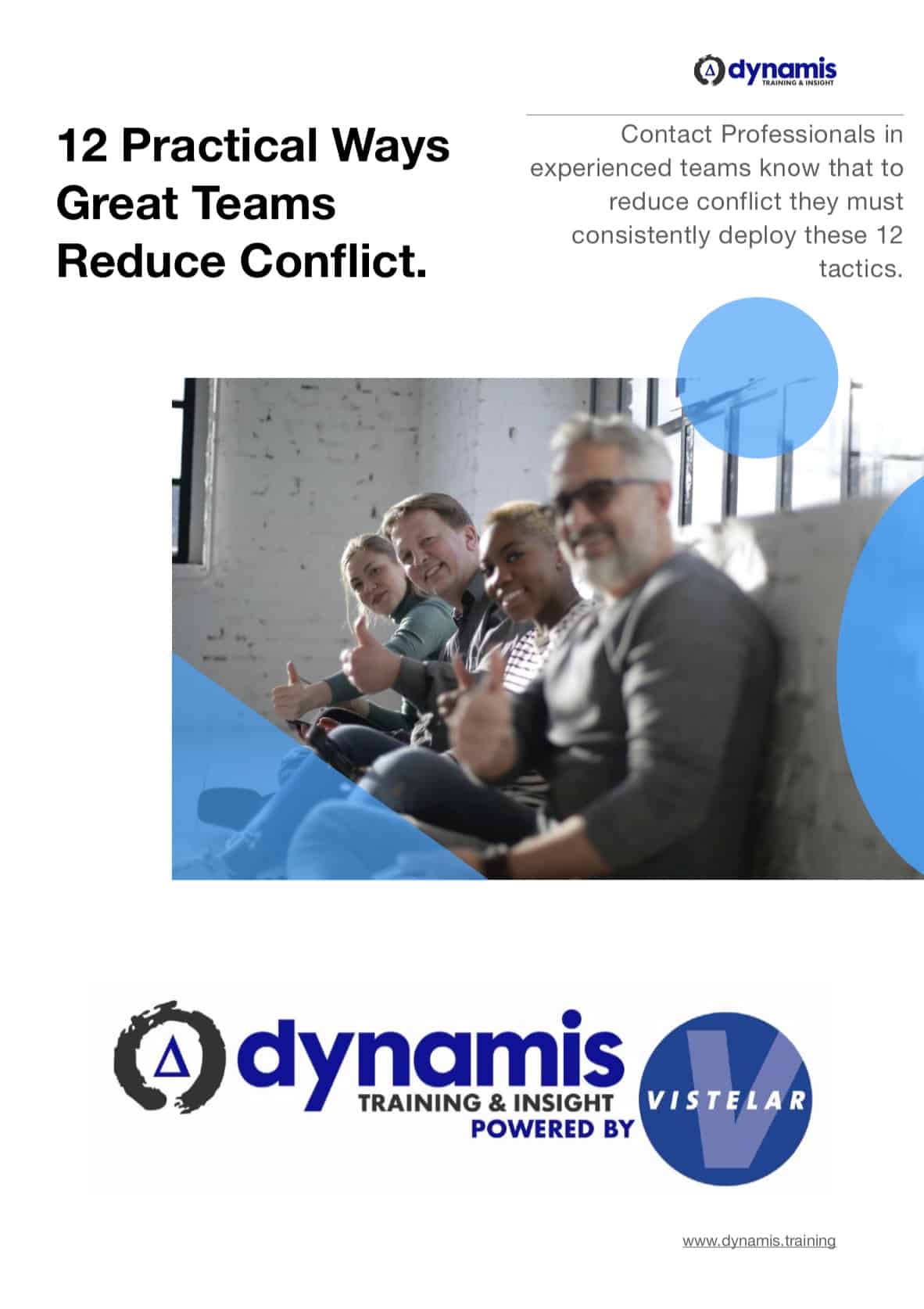Leveraging modern research into coaching and learning you can make the changes needed to get the very best results from training delivery in your Conflict, Personal Safety and Restraint programmes. Rigorous approaches by trainer/advisors in violence management are increasingly required, and this methodology can supercharge your courses, without changing the system of tactics you teach.
Enhance the design and structure of your training so that your learners are gaining more confidence through real competence, without needing more time or resources.
Upgrade your coaching skills by asking better questions and giving more effective feedback. Engage more with the learners and get better results.
Henri Poincare said that "Science is built of facts the way a house is built of bricks: but an accumulation of facts is no more science than a pile of bricks is a house."
When I spoke to Prof. Chris Cushion about the 'trainer's trap' he argued that context is so important.
Chris Cushion:
My experience and understanding of conflict management is that it is a complex whole. It doesn't happen in a linear fashion - things don't happen in a neat sequence. There's lots of stuff happening. You have to be aware of yourself, you have to be aware of other people, and apply technique, whether that's physical or verbal, appropriately to the situations in front of you.
So I think there's a lot of transfer in terms of a complex whole. The difficulty, of course, is, in sport and the conflict management environment, is people tend to think that simplifying things is easier and somehow will create a better learning experience. Well, it doesn't, because it's not ... When you learn to do things in a simple linear fashion, and then when you face something that isn't simple and linear, you really don't know what to do, and you're struggling.
I guess when you think about a complex whole, and things happening in a nonlinear fashion, there's a lot of stuff happening. So it seems intuitive to break it down into smaller bits. Practice a little bit, and then try and reassemble it later. Intuitive - and it makes sense - but the problem, of course, is it separates performance and learning. And performance and learning are two different things, so you learn to perform something; that is, you can get a change a behaviour, you can do a technique, and you can do it reasonably well after practice, but that's not a permanent change, so you essentially perform it.
And that's different to learning, which is a permanent change in knowledge, understanding, or behavior which you can retain, and which you can use and apply in different contexts, so it transfers into a target context. So by breaking things down into smaller, simple bite-sized chunks, you're creating an environment that lends itself to performance rather than learning. Complexity gives us learning; simplicity gives us performance.
It's not helped by the fact that, as human beings, we are quite complex. So we confuse learning and performance, and what we think about performance is, is often we think of as learning, so in a one day course, if people get lots of reps, of simple things broken down, and can do it at the end, we presume that they've learned it. But one, we've not tested the learning, and essentially, what we're giving is a performance at the end. I.e., it isn't a permanent, it's not retained, and it will probably, if you try to transfer it out of the training room into a real context, it will break down.
So we test learning by putting it under pressure, but also, we need some kind of context, so it needs to transfer into a context. So if you slice something up into smaller bits, you're taking it further and further away from context, essentially. So part of the training should be to have some kind of contextual element, i.e., it looks like what you're going to do in practice, and so therefore you can get repetitions that mimic what you need to do. But you can also test it in terms of learning versus performance, i.e., can this person reproduce this in a context rather than an isolated skill or drill?"
See more by visiting our webpage for Maximising Training Effectiveness:
To experience Dynamis Conflict Management Training, powered by Vistelar please visit:

